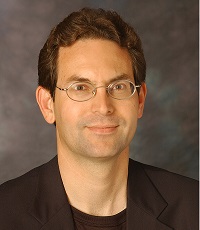 By John Halamka, MD
By John Halamka, MD
Twitter: @jhalamka
The December 2015 HIT Standards Committee focused on 3 key projects as we wrapped up our work for the year.
Cris Ross presented the work of the Certified Technology Comparison Task Force. The idea behind this work is simple. Although certified technology includes a number of specific functions outlined in various regulations, it may or may not be fit for purpose by a given specialist or in a given clinical environment. The group seeks to Identify the different health IT needs for providers across the adoption and implementation spectrum, with particular focus on providers with limited resources and/or lower adoption rates and publish tools to enable comparison of different applications. Hearings from many stakeholder groups are planned.
Chris Chute and Floyd Eisenberg presented the recommendations of the Transitional Vocabulary Task Force. Over the years, the HIT Standards Committee has learned that optionality is barrier to interoperability. Offering a choice of different standards – an “or” – becomes an “and” for developers as well as creates data heterogeneity among clinicians using different vocabularies. The task force recommends eliminating different vocabulary choices over time and implementing a single vocabulary per domain i.e. SNOMED-CT for all problems/diagnosis and LOINC for diagnostic study names.
Finally, Jon White presented an update on the Precision Medicine Task Force, identifying enabling standards.
Our next meeting on January 20 , 2016 will include all the members of the Policy Committee and Standards Committee. It will be my last meeting and I will pass the baton to my successors Arien Malec and Lisa Gallagher. I know the HIT Standards Committee will be in good hands!
John D. Halamka, MD, MS, is Chief Information Officer of Beth Israel Deaconess Medical Center, Chairman of the New England Healthcare Exchange Network (NEHEN), Co-Chair of the HIT Standards Committee, a full Professor at Harvard Medical School, and a practicing Emergency Physician. This article was originally published in his blog Life as a Healthcare CIO and is reprinted here with permission.
